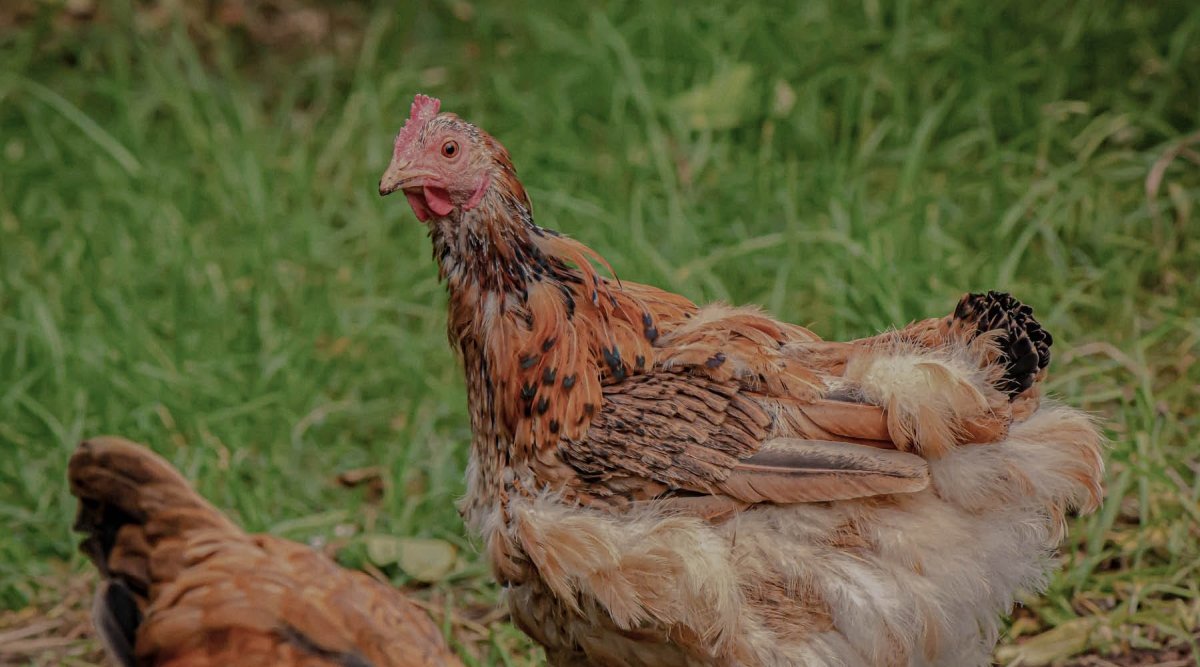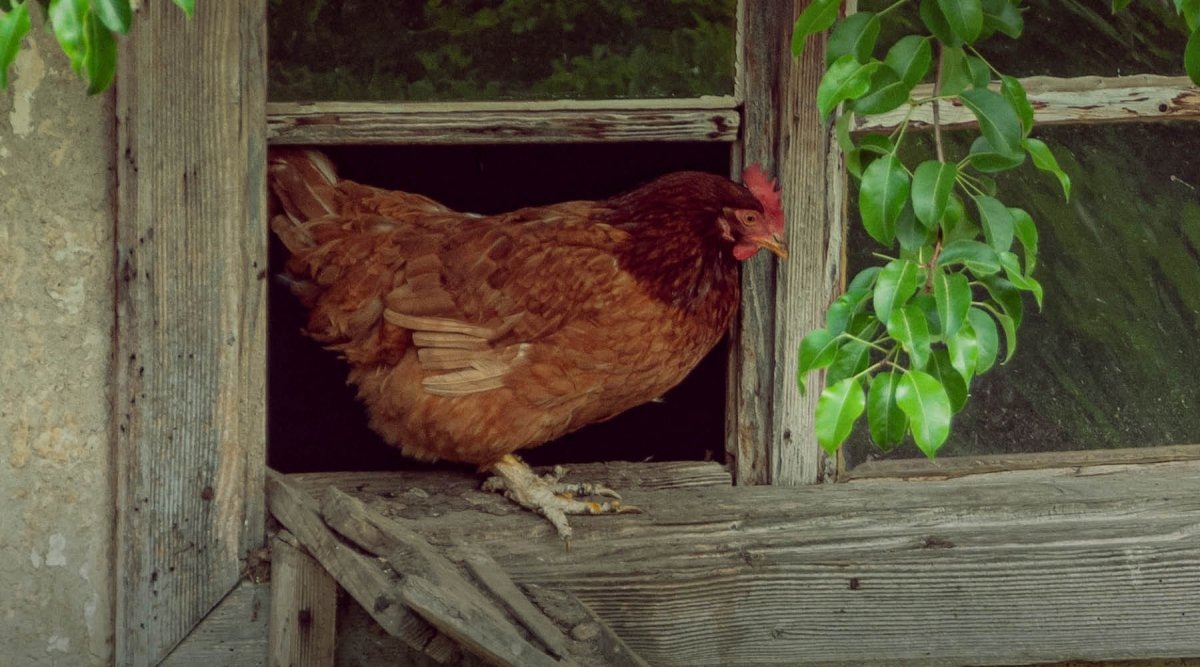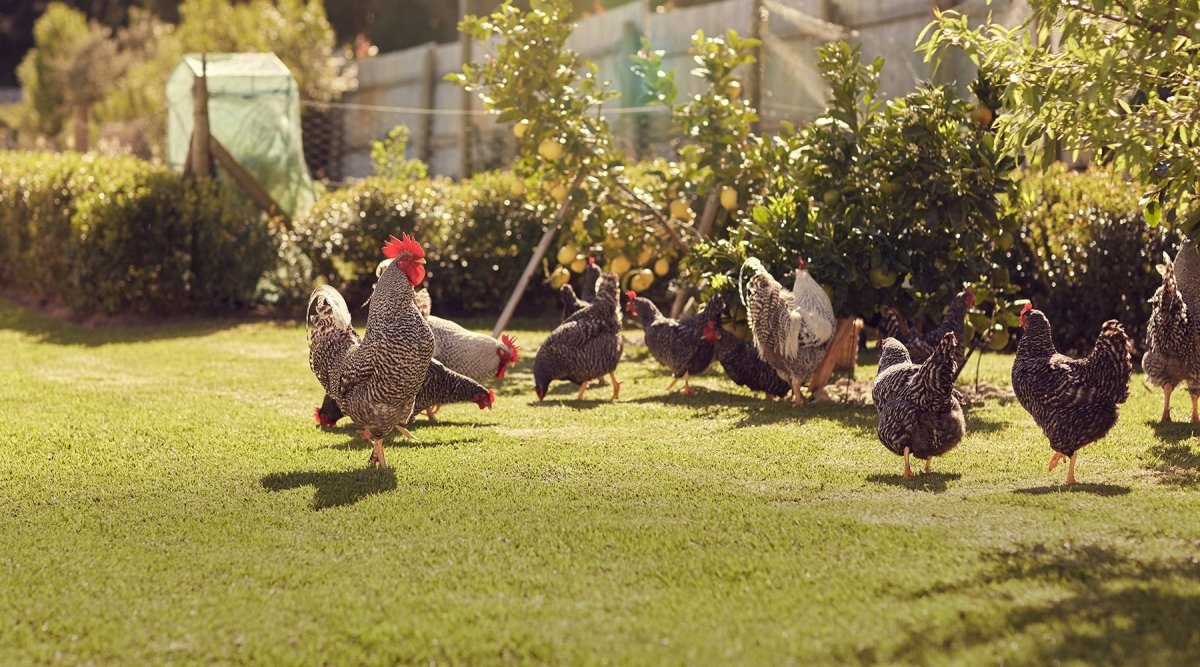Plucked chickens, feathers everywhere in the coop and the eggs are still missing - don't worry, your animals are not sick, but are most likely in moult. Find out in this article what moulting is in chickens and how you can help your poultry through it.
What is moulting in chickens?
Moulting in chickens is like shedding in dogs and cats. It is a natural process in which the birds change their plumage. The primary purpose of moulting is to protect the animals. This is because feathers also wear out and wear down over the course of the year. As a result, the animals are no longer protected against wind and weather.
What to do when chickens are moulting?
Many chickens are not very active during moulting. They withdraw and hardly cluck at all. Their laying performance also decreases. Some animals do not lay any eggs at all during this time. This is a natural process and you don't need to worry.
However, there are a few ways in which you can help your poultry to moult:
Prevent nutrient deficiencies
During moulting, birds can quickly develop a nutrient deficiency. The time during and after the change of feathers is already very exhausting for the chickens, an additional nutrient deficiency would put a heavy strain on the organism and the animals could fall seriously ill. This is because the poultry's immune system is also severely challenged during this phase. You can support your chickens very well with a nutrient-rich diet.
Calcium for the chicken feathers
Minerals such as calcium support the formation of feathers, are important for bones and are also essential for egg production. If your chickens have too little calcium, they will not be able to develop their new feathers properly. Shell grit is a proven source of calcium and should be fed to chickens during the moulting period.
Brewer's yeast provides B vitamins
B vitamins such as biotin are also necessary for the formation of new fe athers. Biotin also gives the new feathers a beautiful sheen. Unfortunately, many chicken feeds contain hardly any vitamin B and are hardly suitable for support during moulting.
We recommend feeding the animals chicken feed with brewer's yeast. It contains numerous B vitamins and supports the chickens' plumage.
How does moulting work in chickens?
When chickens moult, they lose their old feathers and grow new ones. However, the feathers do not all fall out at once, but are gradually renewed. In most cases, some of the new feathers have already grown back before the old ones fall out. This ensures that the birds are not completely naked.
The moult can cover the entire plumage of the animals or just one part. A distinction is therefore made between two types of moult:
Partial moult - the animals only lose part of their plumage
Full moult - the entire plumage is replaced
The change of plumage usually begins after the end of the breeding season, i.e. in late summer/early fall. Shorter days are accompanied by changes in light and stimulate the production of hormones in the hen's body. The interaction of several different hormones ultimately triggers moulting in chickens.
How often do chickens moult?
Moulting is a periodic process and is repeated annually. Chickens can go into moult from the age of 12 months.
However, young animals lose their feathers 1-2 times by the time they are 1 year old and replace them with more robust plumage.
A type of moult can also occur unscheduled if the light conditions change. Laying hen farms use this natural process to artificially trigger moulting. They reduce the amount of light for several days to encourage the hens to change their plumage. This is because the laying performance of the animals usually increases significantly after moulting.
Feathers also fall out in chickens if the animals suffer from a lack of nutrients. Malnutrition with minerals in particular can lead to an unscheduled moult. In order to feed chickens correctly, you therefore need to know the basic rules and also the animals' digestive system.



